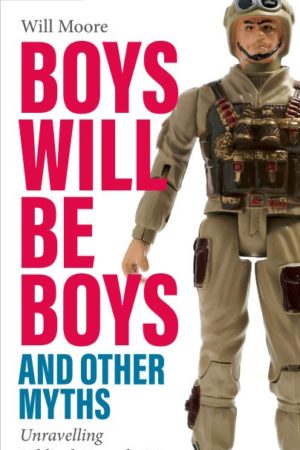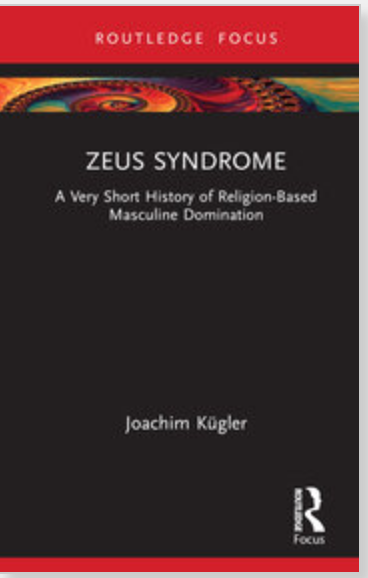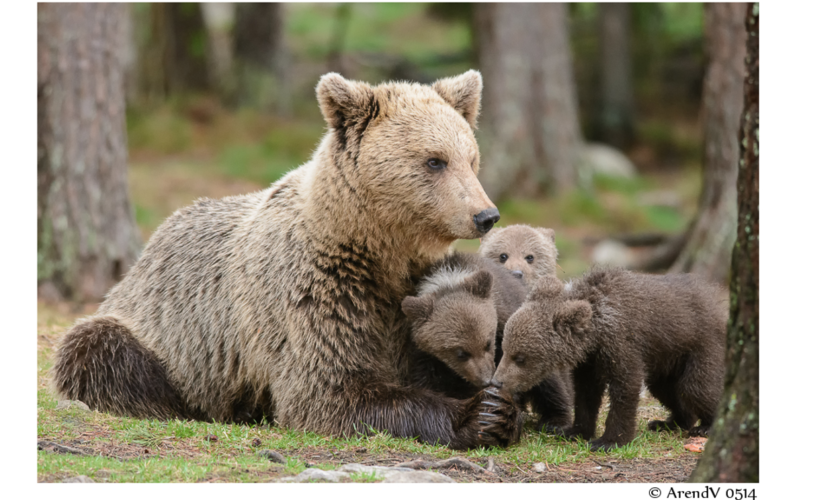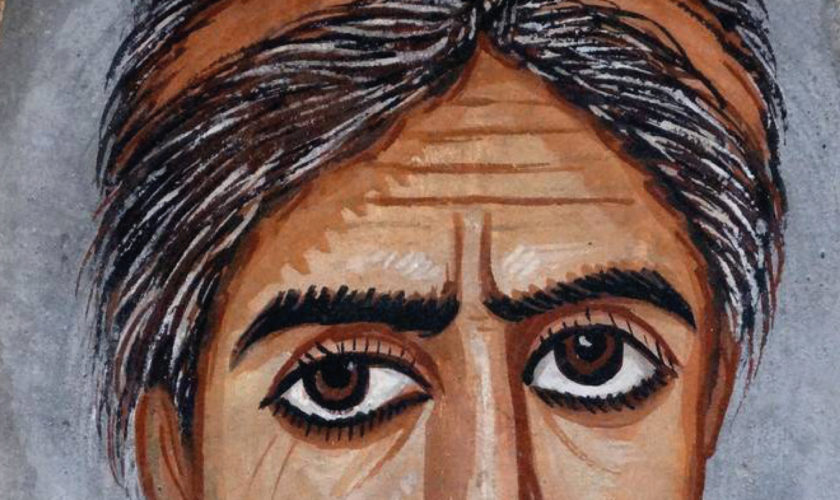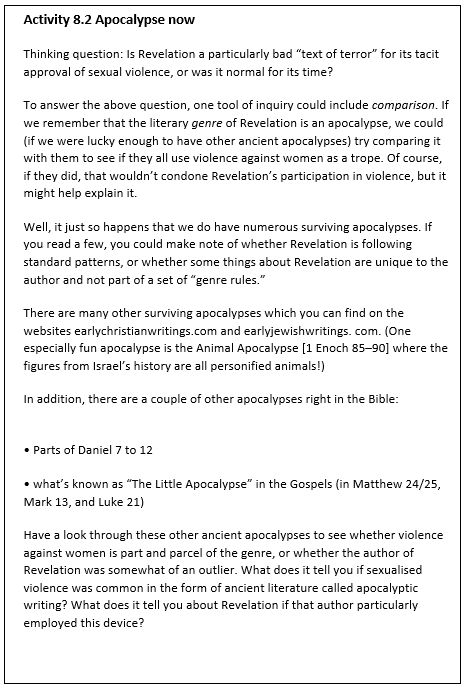Tuesday, 28 November 2023 at 9:00–17:30
Please use this form to register to attend the online symposium: Registration – Gender and Religious Exit (onlinesurveys.ac.uk)
Organisers:
Dr Nella van den Brandt, Coventry University, UK
Dr Teija Rantala, Turku University, Finland
Dr Sarah-Jane Page, University of Nottingham, UK
From the conference organisers:
There have always been reasons for people to move away from a religious tradition, community or movement. Religious traditions are instrumental in providing individual members with a perspective on the world, a community and a relationship with the divine. Religious communities socialize their adherents regarding behaviour, embodiment and emotions. When people move away from their religion, their experiences may pertain to all or some of these aspects and dimensions. Leaving religion is thus a varied and diverse experience.
The one-day online symposium Gender and Religious Exit starts from the premise that motivations for moving away from religion range from experiencing cognitive or emotional dissonance to social marginalisation to a critique of power relations. The notions of ‘moving away’ or ‘religious exit’ should be considered in a layered and nuanced manner: they raise questions about what exactly individuals consider to leave, and what elements of behaviour, embodiment and emotions remain part of their environments, lives and futures.
Moving away from religion can thus involve complex processes and negotiations of all areas of life and understandings of the self. An intersectional perspective and analysis of leaving religious is long overdue, since notions and experiences of gender, sexuality, ethnicity, race and dis/ability are central in shaping identity and the self. The multidisciplinary symposium invites scholars to investigate the variety of contemporary dynamics of leaving religion in the lives of individuals and communities.
During the opening plenary session, research findings will be presented that emerged from the Marie Skłodowska-Curie funded two-year qualitative research by Dr Nella van den Brandt (Coventry University, UK) on women leaving religion in the UK and the Netherlands. Keynote lectures on gender, feminism, apostasy and non-religion / leaving religion in various national and cultural contexts will be provided by Dr Julia Martínez-Ariño (Rijksuniversiteit Groningen, the Netherlands) and Prof. Dr Karin van Nieuwkerk (Radboud University, the Netherlands). During parallel sessions, we will further look into current international and intersectional perspectives on moving away from religion.




